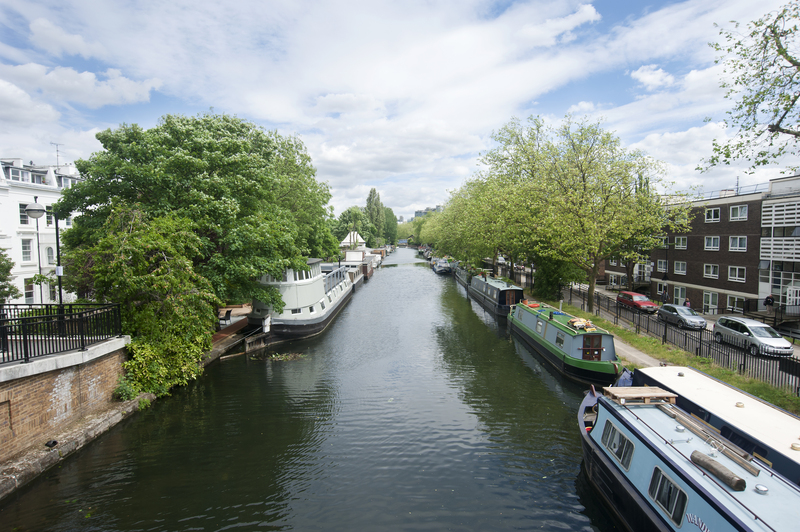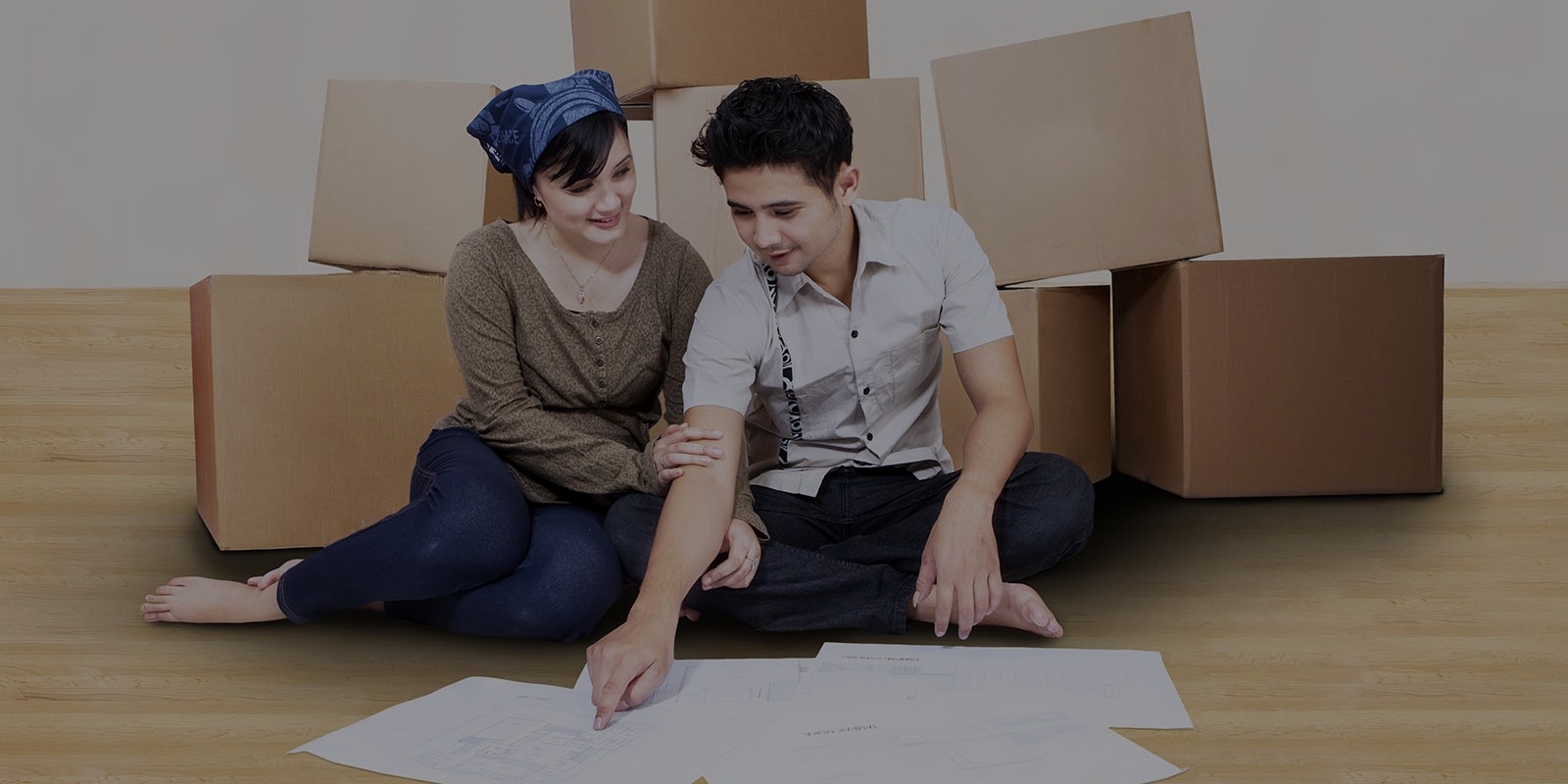Professional piano movers: Safeguarding your musical treasure
Posted on 15/06/2025
Professional Piano Movers: Safeguarding Your Musical Treasure
Introduction: The Art and Challenge of Moving Pianos
The piano is more than just a musical instrument -- for many, it's a treasured heirloom, a sizable investment, and often the centerpiece of a household's cultural life. However, relocating such a large, delicate, and intricate piece is no small feat. Working with professional piano movers isn't just a convenience; it's a necessity to safeguard your musical treasure. Proper handling ensures your piano's tone, mechanics, and value remain intact throughout the moving process.

Why Pianos Are Exceptionally Challenging to Move
Pianos are among the most complex and sensitive instruments to move. Their valuable wood finishes, thousands of moving parts, and massive weight -- often 300 lbs to more than 1,000 lbs -- demand special attention. Even minor mistakes can result in costly repairs or irreparable emotional loss. Let's explore the unique challenges that make piano moving a job for experts:
- Bulk and Weight: Large uprights and grand pianos can easily weigh over 700 lbs.
- Delicate Mechanics: Each piano houses thousands of small, precise parts sensitive to jarring movements.
- Irregular Shape: Unlike boxes, pianos have unbalanced weight distribution and awkward dimensions.
- Finish Vulnerability: Lacquered, polished, or high-gloss surfaces are prone to scratches and dents.
- Value and Sentiment: Antique, concert-grade, or inherited pianos often cannot be replaced.
What Makes Professional Piano Movers the Right Choice?
Many homeowners believe moving a piano is only about strength, but piano moving is a specialized skill honed through years of experience. Expert piano movers utilize training, unique equipment, and industry know-how to protect your instrument at every phase.
Experience and Expertise
It takes more than muscle to handle a piano safely. Professional piano moving companies invest in technician training, piano-specific moving tools, and constant skill upgrades. They understand the internal mechanisms of all piano types -- from delicate spinets to imposing concert grands.
Specialized Equipment
- Piano Dollies: Heavy-duty, low-profile carts designed to support and distribute weight evenly.
- Moving Straps: Help secure the piano during transport, minimizing strain on the movers and the instrument.
- Padded Covers and Blankets: Safeguard finishes from scratches, bumps, and environmental damage.
- Ramps and Skid Boards: Essential for stairways or uneven surfaces, allowing safe movement without risk to the piano's legs or frame.
Types of Pianos and Custom Moving Techniques
A key advantage of hiring professional piano moving services is their familiarity with the wide variety of pianos and the nuances of moving each type.
Upright Pianos
Upright pianos require careful tilting and secure harnessing to ensure their internal components are not jarred out-of-alignment. Pros know which angles are safe and how to maneuver tight stairways or hallways.
Grand and Baby Grand Pianos
For grand pianos, movers carefully remove the legs, pedals, and sometimes the lid, wrapping each part individually. The body is placed on a customized skid board, which is heavily padded and secured for transportation. This process prevents warping, cracking, or finish damage.
Digital and Hybrid Pianos
While digital pianos are lighter, their electronic components remain susceptible to vibration and impact. An experienced team ensures proper packaging and handling regardless of technology.
Common Risks of DIY Piano Moving
Attempting to move a piano without proper skills or equipment can result in serious risks -- both to your instrument and personal safety:
- Instrument Damage: Broken legs, dislodged keys, cracked soundboards, or damaged pedals.
- Home Damage: Scuffs, gouges, or broken banisters, floors, or doorways.
- Personal Injury: Pianos can shift unexpectedly, creating risks for back injuries, bruises, or worse.
- Costly Liability: Damage to shared spaces, neighbors' property, or the piano itself may not be insured.
Choosing insured, experienced piano movers mitigates all of these risks. They protect your investment and your home while sparing you from potential accidents.
How Professional Piano Movers Ensure Safety and Security
Here's what you can expect from a reputable piano moving company to protect your treasured instrument:
1. Pre-Move Assessment
The process begins with a thorough evaluation of your piano's size, weight, make and model, and the specifics of both the origin and destination. This assessment allows the movers to develop a tailored plan. Obstacles such as stairs, narrow doorways, or elevators are all accounted for in advance.
2. Disassembly (When Necessary)
Professional piano movers are trained in safe disassembly: removing pedals, music stands, or legs on grand pianos, as needed. Each removed part is wrapped and packed with care, preventing scratches or loss.
3. Padding and Wrapping
Every exposed surface is swaddled in thick padding and secured with industrial-strength wrap or blankets. This shield guards against impacts, dust, and temperature fluctuations that could threaten the piano's sensitive wood or finish.
4. Safe Lifting and Transport
Utilizing custom dollies and ramps, piano movers can move your instrument even over uneven ground or up/down stairs without strain. Multiple trained staff coordinate each stage, ensuring the piano remains upright and level throughout.
5. Enclosed, Climate-Controlled Vehicles
Top-tier piano moving specialists deploy vehicles tailored for instrument transport. Climate control is crucial, as sudden temperature or humidity changes can warp a piano's wooden components.
6. Secure Delivery and Reassembly
Upon arrival, the movers reverse their process with the same precision, reassembling and positioning the piano exactly where you want it in your new space.
The Cost of Professional Piano Moving vs. DIY
While hiring professional piano movers comes with a cost, it's a small price compared to the potential expense of repairs or injury. The total cost typically considers:
- Distance (local or long-distance)
- Piano size and type
- Obstacles (stairs, tight turns, etc.)
- Special handling (antique or valuable models)
- Insurance coverage
On average, local moves run from $200-$600, while long-distance relocations may climb to $2,000 or more. Compare this to the price of repairing a cracked soundboard (thousands of dollars), or the irreplaceable loss of an heirloom -- professional service is an investment in peace of mind.
Piano Storage: Additional Protection During Relocation
When in-between homes or waiting out a renovation, your piano may require secure, climate-controlled storage. Specialty piano movers often provide these services, ensuring protection from:
- Temperature and humidity swings
- Moisture and pests
- Unqualified handling
Look for piano storage options featuring regulated climate rooms and 24/7 security. Your musical investment deserves nothing less.
What to Look for in a Professional Piano Moving Service
- Specialized Experience: Years devoted to piano -- not just furniture -- moving.
- Positive Reviews and References: Consistently high satisfaction scores and customer testimonials.
- Full Insurance Coverage: Protection from loss or damage during every phase of the move.
- Custom Equipment and Vehicles: From skid boards to climate control, confirm your mover is fully equipped.
- Transparent Pricing: No hidden fees. Get your quote in writing.
Preparing Your Piano for the Move: Owner's Checklist
- Schedule a Pre-Move Visit: Let your movers assess the space and route the move in advance.
- Secure Personal Items: Remove all sheet music, decorative items, and accessories.
- Photograph the Piano: Document current condition, including any scratches, before movers arrive.
- Clear Access Paths: Ensure hallways, staircases, and doorways are ready and free of hazards.
- Coordinate with Movers: Be present for moving day and reassembly, providing any special instructions.
Frequently Asked Questions About Professional Piano Movers
Q: How far in advance do I need to book piano movers?
A: Ideally, book professional piano movers at least two weeks in advance -- more in peak moving seasons.
Q: Will my piano need to be tuned after the move?
A: Almost always. Even with careful handling, changes in temperature and humidity during the move can affect the piano's pitch. Allow your piano to acclimate for a few weeks in its new location before scheduling a tuning.
Q: Do piano movers provide insurance?
A: Reputable piano moving services include insurance that covers your piano throughout the move. It's wise to confirm coverage specifics and provide proof of value for your instrument.
Q: Can my piano be moved upstairs or to apartments?
A: Absolutely. Experienced piano movers safely manage flights of stairs, elevators, or other complex building layouts thanks to their equipment and expertise.

Why Your Musical Treasure Deserves Expert Care
Moving a piano is about more than logistics; it's about preserving its history, value, and sound for years to come. Whether your piano is a recent purchase or a family legacy, only trained, professional piano movers have the experience, equipment, and commitment to deliver it safely to your new home.
Conclusion: The Harmony of a Well-Moved Piano
Entrusting your piano to skilled piano moving professionals ensures that every note, every memory, and every moment tied to your instrument remains untouched and unharmed. The combination of technical skill, specialized equipment, and deep respect for your instrument is what makes these experts the only choice when it comes to safeguarding your musical treasure.
Make the harmonious choice -- let professional piano movers carry your music forward, safely and securely!







